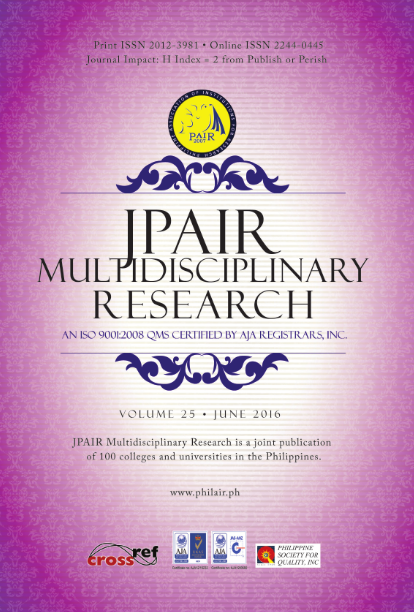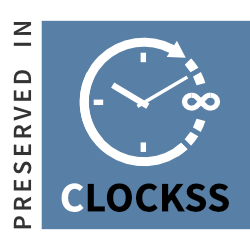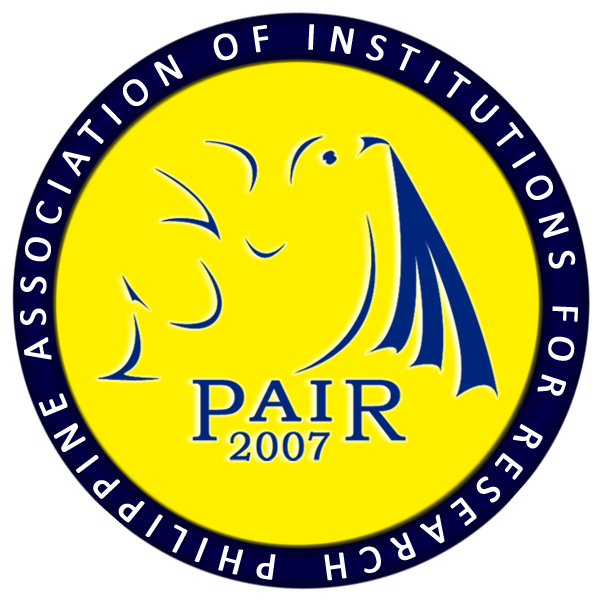Rhetorical Discourse Analysis of State of the Nation Address of Select Philippine Presidents
DOI:
https://doi.org/10.7719/jpair.v25i1.393Keywords:
Language and Communication, rhetoric, SONA, discourse analysis, descriptive survey research design, PhilippinesAbstract
The art of public speaking has been one of the commonly feared tasks for some people because they are not prepared and equipped with knowledge in rhetoric. The study was conducted to analyze the State of the Nation Address (SONA) delivered by the three presidents of the Philippines. Speech videos and speech manuscripts were analyzed using validated rubrics. A survey was also conducted to gather information on students’ perception on the study of rhetoric. Frequency, standard deviation, and weighted mean were used to analyze the rhetorical devices and canons of rhetoric employed in the speeches. It was found out that metaphor is a common rhetorical device used by the Presidents. The results show that the canons of rhetoric: invention, arrangement, style, memory and delivery were utilized in the speeches. Majority of the students of Rhetoric and Public Discourse, selfreported (or agreed) that the rhetorical discourse analysis of the SONA is beneficial to them as Rhetoric and Public Discourse students. The study concludes that the Presidents used the rhetorical elements and techniques to convince and influence the audience. It is recommended that the presidents (or their speech writers) should consider optimum use of the rhetorical elements and techniques to evoke the desired response from the audience.
Downloads
References
Aristotle’s Rhetoric (2010) Stanford Encyclopedia of Philosophy. Retrieved from http://goo.gl/QhmV5V
Downloads
Published
Issue
Section
License
Copyright (c) 2016 Lilibeth A. Calonge, Ismael N. Talili

This work is licensed under a Creative Commons Attribution-NonCommercial 4.0 International License.
Open Access. This article published by JPAIR Multidisciplinary Research is licensed under a Creative Commons Attribution-Noncommercial 4.0 International (CC BY-NC 4.0). You are free to share (copy and redistribute the material in any medium or format) and adapt (remix, transform, and build upon the material). Under the following terms, you must give appropriate credit, provide a link to the license, and indicate if changes were made. You may do so in any reasonable manner, but not in any way that suggests the licensor endorses you or your use. You may not use the material for commercial purposes.




















